How Big is Texas?
Texas is a state in the United States known for its massive size, which sets it apart from other states. Covering approximately 268,597 square miles, Texas is larger than many countries combined. To put it in perspective, if Texas were superimposed on a map of Europe, it would stretch from Portugal to Ukraine & bigger than the combined area of France and Spain and approximately twice the size of Germany. The state’s vastness is reflected in its diverse landscapes, ranging from coastal plains, rolling hills, deserts, forests, and canyons.
Texas’s size has significant cultural and economic implications, with thriving industries in oil and gas, agriculture, technology, and manufacturing. While the state’s size presents logistical challenges, it also provides ample opportunities for outdoor activities and a strong sense of Texan identity. In essence, Texas’s size is impressive, epitomizing the idea that everything is bigger in the Lone Star State.
The sheer magnitude of Texas is evident when considering that it accounts for about 7% of the total land area of the United States. This vast expanse provides Texas with many geographic wonders and diverse ecosystems.
Why is Texas So Big?
Texas has a large land area because it is situated in the southern part of the United States, which historically was known for its vast stretches of land. Texas also has a diverse landscape, ranging from deserts and plains to mountains and forests, which contributed to the state’s large size.
Texas was once an independent republic whose borders defined its size at the time. When the United States annexed Texas in 1845, it became the 28th state in the Union and retained its existing borders, which included present-day Texas as well as parts of New Mexico, Colorado, Oklahoma, Kansas, and Wyoming. Some of these areas were later ceded to other states or territories through various treaties, agreements, and annexations, but Texas retained its large size.
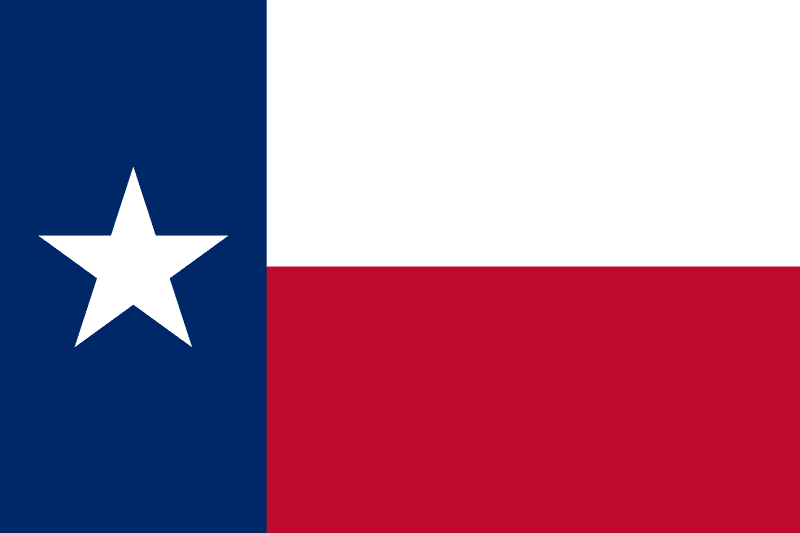
Economic and Cultural Significance
Texas’s enormous size is a crucial factor in its economic and cultural prominence. The state’s economy is diversified, including key industries such as oil and gas, agriculture, technology, manufacturing, and aerospace. Texas is a global leader in energy production, with a particular focus on petroleum refining. Its extensive agricultural sector plays a vital role in the nation’s food supply, with cattle ranching, cotton farming, and crop production as significant contributors. Texas’s cultural identity is closely linked to its size, cultivating a unique Texan identity and a strong sense of pride among its inhabitants.
Texas is one of the largest states in terms of population and has a diverse economy with thriving industries such as oil and gas, agriculture, technology, manufacturing, and aerospace. The state’s abundant natural resources and favourable business climate have attracted major corporations, transforming it into a business and job creation hotspot. Texas is also a global leader in energy production, especially in petroleum refining. The state’s ports serve as vital international trade gateways, contributing significantly to the nation’s economy.
Texas has a rich and distinct cultural history, shaped by its diverse population and size. The state has a distinct Texan identity, with residents feeling a strong sense of pride and independence. Texas’ cultural heritage is visible in its music, food, art, and traditions, all of which have influenced American culture in general. Texas also has several world-class museums, including the Alamo, the San Antonio River Walk, and the Johnson Space Centre. The vastness and diversity of the state’s landscapes, which include coastal plains, rolling hills, deserts, forests, and canyons, provide abundant opportunities for outdoor activities and tourism, which contribute significantly to the state’s cultural and economic growth.
Diverse Landscapes
Texas is known for its diverse and distinct landscapes, which reflect the state’s size and location. Several natural features shape the state’s geography, including rivers, canyons, mountains, deserts, forests, and coastal plains.
The western region of Texas is characterised by arid and rugged terrain, including vast stretches of desert and mountains such as the Guadalupe Mountains and the Chisos Mountains. The eastern region of Texas is characterised by coastal plains that run along the Gulf of Mexico, a humid subtropical climate, and lush vegetation. The southern part of Texas is distinguished by semi-tropical vegetation and the Rio Grande, which serves as the state’s natural border with Mexico.
The central part of Texas is characterised by rolling hills and prairies interspersed with grasslands and hardwood forests. The Cross Timbers, a transitional zone between the eastern hardwood forests and the Great Plains, can be found in the state’s northern region. Furthermore, Texas is home to a number of rivers, including the Rio Grande, Brazos, Colorado, and Red Rivers, which provide water resources and aid in agriculture.
These diverse landscapes provide a variety of outdoor activities, such as hiking, camping, fishing, and hunting, which contribute significantly to the state’s tourism industry. The natural beauty of the state also inspires artists and writers, adding to the state’s cultural heritage.
How Big Is Texas, Compared With Other Land Masses?
Texas Compared to North and South Korea
Texas covers approximately 268,597 square miles, while North Korea covers approximately 46,540 square miles and South Korea covers approximately 38,690 square miles. This means that Texas is larger than North Korea and nearly seven times the size of South Korea.
Both North and South Korea have populations larger than Texas. North Korea has a population of approximately 25 million people, while South Korea has a population of approximately 51 million people.
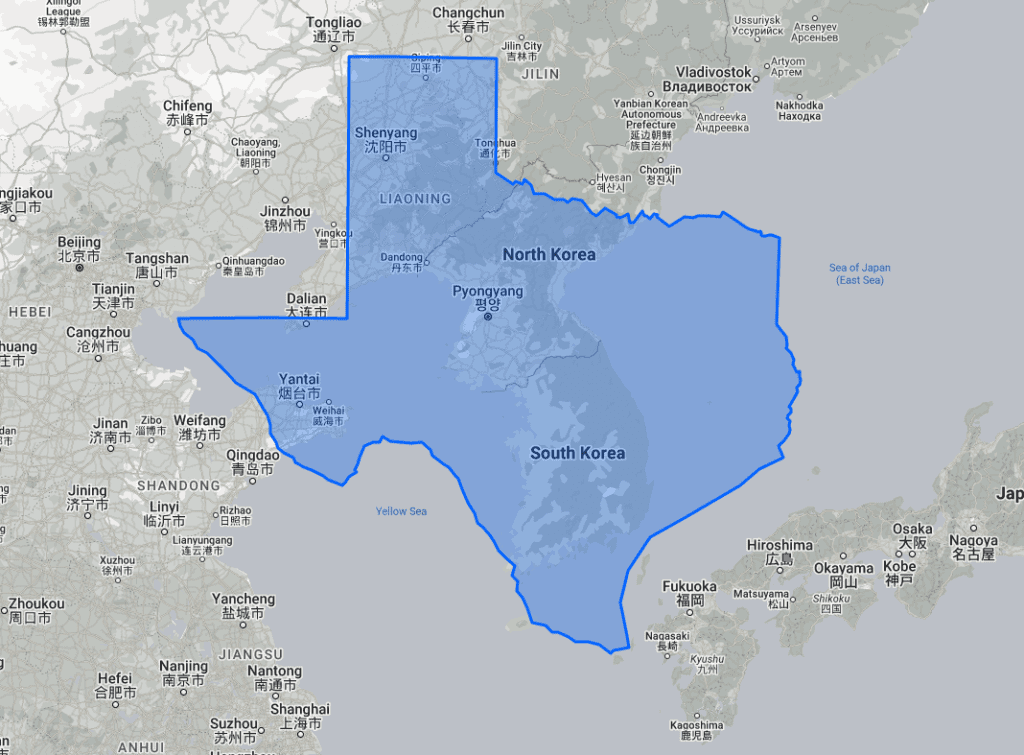
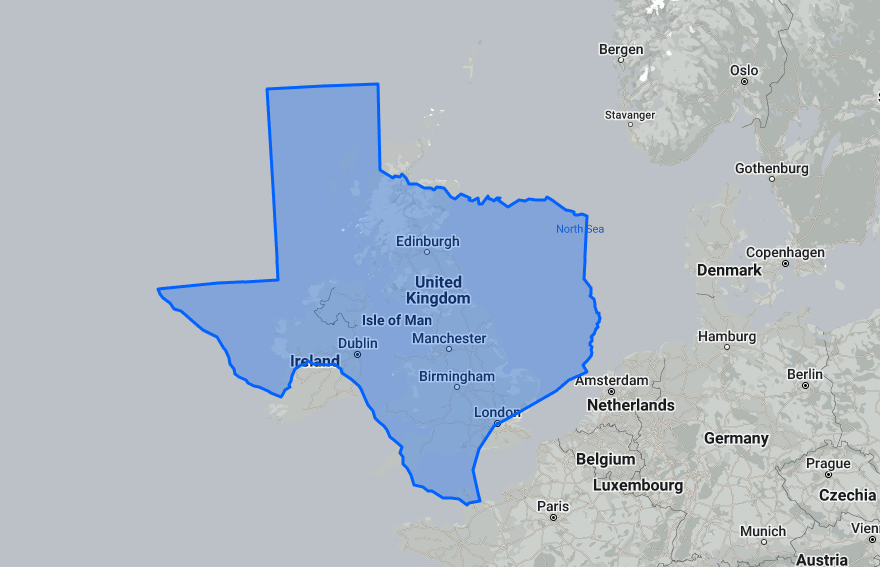
Texas Compared to UK & Ireland
Texas has a land area of approximately 268,597 square miles, while the United Kingdom has a land area of approximately 93,628 square miles and Ireland has a land area of approximately 32,595 square miles. This means that Texas is more than twice the size of the UK and over eight times the size of Ireland.
Texas has an estimated population of over 29 million people, while the UK has an estimated population of around 67 million people and Ireland has an estimated population of around 5 million people. This means that the population of Texas is smaller than that of the UK but larger than that of Ireland.
Texas Compared to Germany
Texas covers approximately 268,597 square miles, whereas Germany covers approximately 137,988 square miles. Texas is thus roughly twice the size of Germany.
Germany has a larger population than Texas, with an estimated population of over 83 million people compared to over 29 million people in Texas.

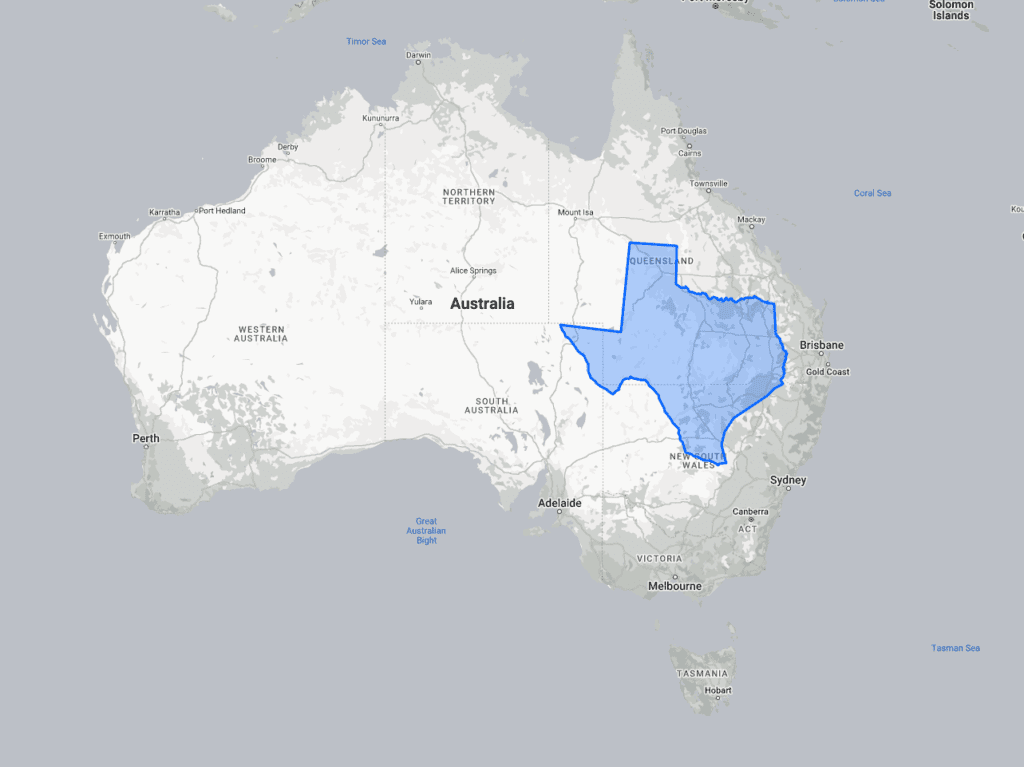
Texas Compared to Australia
Texas is one of the fifty states of the United States, with a total land area of approximately 696,200 square kilometres.
Australia, on the other hand, is a southern hemisphere country and continent. It is the sixth-largest country in the world, with a land area of approximately 7.7 million square kilometres.
In terms of land area, Australia is roughly 11 times larger than Texas.
Texas Compared to Alaska
Alaska is the largest state in the United States in terms of land area, covering approximately 1.7 million square kilometres. Texas, on the other hand, is the second-largest state, covering roughly 696,200 square kilometres. Making Alaska more than twice the size of Texas.
Texas is expected to have a population of around 29.6 million people, as of 2021, making it the second-most populous state in the United States after California. Alaska, on the other hand, has a much smaller population of approximately 731,500 people, making it one of the country’s least populous states.
So, while Texas has a significantly larger population than Alaska, Alaska has a significantly larger land area than Texas.
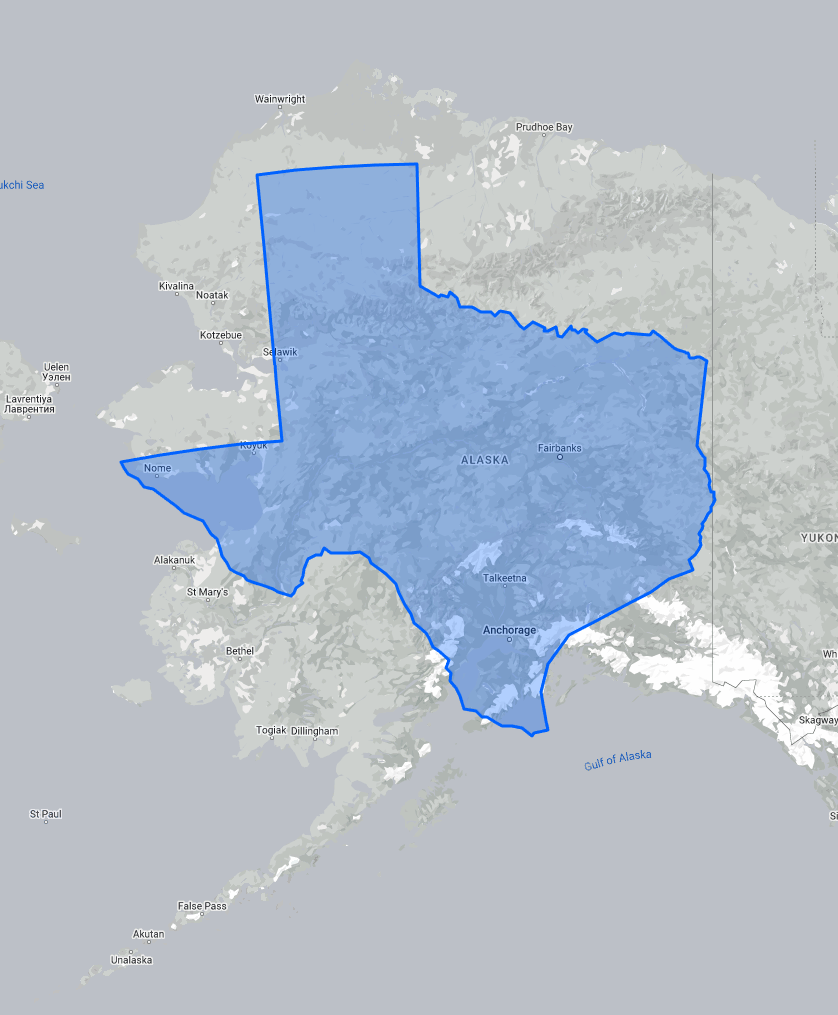
FAQs On The Size of Texas
Frequently Asked Questions (FAQs) about the size of Texas:
How many acres is Texas?
Texas has a land area of approximately 268,600 square miles, which is equivalent to approximately 171.902 million acres.
What country in Europe is the size of Texas?
There is no European country that is the exact same size as Texas; however, France is the European country that is the closest in size to Texas.
Texas has approximately 268,600 square miles of land area, while France has approximately 248,400 square miles of land area. Although not identical in size, the two are comparable in terms of land area. While France is roughly the same size as Texas, its population is significantly larger, with over 66 million people compared to Texas’ population of around 29.6 million.
What country in Europe has the same population as Texas?
No country in Europe has a population that is exactly the same as Texas, which has an estimated population of around 29.6 million people. However, there are a few countries in Europe whose population is relatively close to that of Texas.
Poland has an estimated population of around 37 million people, which is larger than Texas, but not by a significant margin. Similarly, Romania has an estimated population of around 19 million people, which is also relatively close to the population of Texas.
It’s worth noting that while these countries have similar populations to Texas, they are significantly smaller in land area.
How long does it take to drive across Texas?
Driving across Texas can take a long time depending on the distance travelled and the speed at which you are travelling. To give you an idea of how long it takes to drive from Texas’s easternmost point (Sabine Pass) to its westernmost point (El Paso) on Interstate 10, which spans approximately 880 miles. However, if you travel at a slower pace or stop frequently, it may take longer.
Driving across Texas from north to south can take even longer due to the greater distance. Driving from the northernmost point of Texas (Dalhart) to the southernmost point (Brownsville) on US Route 83, for example, can take 14 to 16 hours and cover approximately 870 miles.
Keep in mind that traffic, road conditions, and weather can also impact the travel time.
How many states can fit in Texas?
The land area of Texas is approximately 268,600 square miles. To give you an idea of how many states can fit in Texas, we can compare the land area of Texas to the land area of other states.
For example, Rhode Island is the smallest state in the US with a land area of approximately 1,214 square miles. Based on this, you could fit approximately 221 Rhode Islands within Texas.
However, Alaska is the largest state in the US with a land area of approximately 663,300 square miles. Based on this, you could fit approximately 2.5 Alaskas within Texas.
In terms of other large states, you could fit approximately 3.5 Californias or 6 Floridas within Texas.
| Texas Information | |
| Official Texas Gov Website | https://www.texas.gov/ |
| Admitted to the Union | December 29, 1845 (28th) |
| Capital | Austin |
| Before statehood | Republic of Texas |


